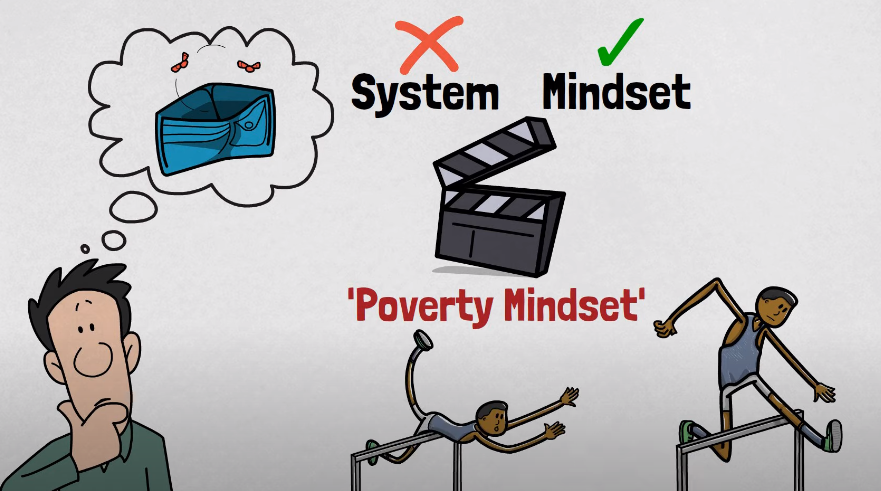Introduction
Hi there! Ready to learn how to turn $110,000 into a lot more? Let’s dive in.
High-Risk Individual Stocks
How much would you have made if you had invested $1,000 in Tesla back when it went public? It wasn’t that long ago—just 10 years ago. Take a guess: $10,000, $20,000, or $30,000? Well, multiplying your money by 30 times is great, but that’s not even close.
If you had invested $1,000 in Tesla on March 7th, 2011, today that investment would be worth almost $120,000. Your total profits from that investment today would equal 8,829%, with an annual return of 61.2%.
Investing just $10,000 in Tesla back in 2011 would have turned you into a multi-millionaire. Investing $100,000 in Tesla would have earned you more money than you could possibly spend. But it was a big bet. I mean, Tesla is valued this much because of Musk’s unbelievable marketing skills.
If you take a look at the numbers, Tesla is valued based on what it could potentially achieve in the next 5 to 10 years. The fear of missing out has led many investors to invest in Tesla. But the question that we want to focus on in this video is: if you have an extra $110,000, where should you invest it? What are your best options?
First of all, if you have managed to save $10,000, congratulations. Not many people can do that. Most people barely save any money for an emergency fund, and even if they manage to save anything, they quickly spend it on unnecessary things.
Just take a look at the data. Most young people have a negative net worth. 69% of US adults have less than $1,000 in savings, while 34% have no savings at all. So with an extra $10,000, you can consider yourself in the top 30% of the wealthiest Americans.
And now the question is, where do you go from there? What should you do with that $10,000? Is there a way to double or triple that $110,000, or maybe grow it to millions?
We’ll answer all of those questions and many more. But before we do that, give this video the thumbs up that it deserves. And here is a little disclaimer: this is not financial advice, and everything that is said in this video is for educational and entertainment purposes.
1. Investing in Disruption

The stock market can do wonders, especially when there is a company that is about to disrupt a certain industry. The stock market may skyrocket in a period of 10 to 15 years. I’m not talking about 10 to 20%, but thousands of percent.
Amazon, for example, has risen by 212,000% since going public in 1997. This is higher than any other stock.
However, Amazon is not the only company that has developed in this manner. Another example would be Best Buy. Best Buy has created a total of 10,000%, or around 26.2%, every year since 1999.
A $10,000 investment in Best Buy in 1990 is now worth $10.9 million. It’s easy to feel bad for missing such an opportunity, but you should not because there will always be the next hot stock.
Every day, scores of businesses launch with the intent of disrupting everything. So one way I would spend an extra $10,000 is in a few tech businesses that appear to have the potential to change a specific industry.
I wouldn’t choose just one because I could end up making the wrong bet. However, dividing it into three or four companies might result in a large fortune in the long term.
2. Hold It Until an Opportunity Strikes
One of the biggest obstacles I came across was the fear of missing out. Every day that I keep the money in my bank account, I am losing money. For starters, inflation reduces the real worth of my money.
Second, I’m missing out on the potential gains I might be getting by just investing in the S&P 500. It’s okay if you lose out on a market rally.
The market is always fluctuating. Don’t try to take advantage of all the small opportunities. Concentrate on the major wins.
If you’re not sure, just keep your money. Remember Buffett’s two most essential money rules: first and foremost, do not lose money; second, never forget the first guideline.
Sometimes you come across an opportunity that you are certain is a once-in-a-lifetime chance, and that $10,000 might convert you into a multi-millionaire.
Try a business.

Investing in a business can be a significant financial decision, especially for those with family or financial responsibilities. While it comes with a higher level of risk, the potential for control over your investment and the ability to adapt to challenges can make it a worthwhile venture.
In your 20s, starting a business with $10,000 is feasible, and even online enterprises can be launched for a fraction of that amount.
Control over your investment
When you invest in a business, you gain complete control, allowing you to be more hands-on in decision-making. Even if challenges arise, you can put in more effort, creativity, and time to address them.
Unlike traditional investments, where others decide how your money is used, a business provides a level of autonomy that can be empowering.
Starting Small
While $10,000 may not seem like a lot of capital, it can be sufficient to kickstart a business, especially in the online space. Many successful entrepreneurs started with modest investments, and with dedication and strategic planning, it’s possible to grow your venture over time.
Roth IRA
A Roth IRA (individual retirement account) offers a unique opportunity to invest with tax advantages. By making tax-free reinvestments, individuals can potentially grow their investments without incurring additional taxes.
This section explores the benefits of a Roth IRA and how it can be a powerful tool for long-term financial planning.
Tax-Free Reinvestments
The Roth IRA allows individuals to invest money that has already been taxed, eliminating the need for further taxation on the income generated through investments. This tax-free status applies to the initial investment as well as the profits, provided the money is withdrawn after the age of 59.5.
Long-Term Growth Potential
Illustrating this with an example, investing in a Roth IRA at a young age can lead to substantial growth over several decades. By contributing a limited amount annually, individuals can accumulate significant wealth, and the unique tax benefits make it an attractive option for retirement planning.
Real Estate

Real estate presents a distinctive investment opportunity, particularly for those with $10,000 to spare. This section explores the advantages of investing in real estate, such as leveraging, long-term growth potential, and the ability to generate income through tenants.
Leveraging in Real Estate
One key advantage of real estate is the ability to leverage a relatively small amount of money to control properties of much higher value. Unlike other forms of investment, where positions can be immediately closed if the asset’s value drops, real estate, with its long-term mortgage contracts, provides a safer avenue for leveraging.
Long-Term Value Growth
Historical evidence suggests that real estate values tend to grow over the long term, even after periods of decline. Despite fluctuations, real estate has shown resilience, making it a viable option for those willing to invest patiently.
Additionally, the potential for rental income and property value appreciation enhances overall profitability.
Conclusion
In conclusion, exploring different investment options, whether through starting a business, utilizing a Roth IRA, or investing in real estate, offers individuals the opportunity to grow their wealth.
Each avenue comes with its own unique advantages, and the key is to make informed, patient decisions rather than succumbing to the fear of missing out.



